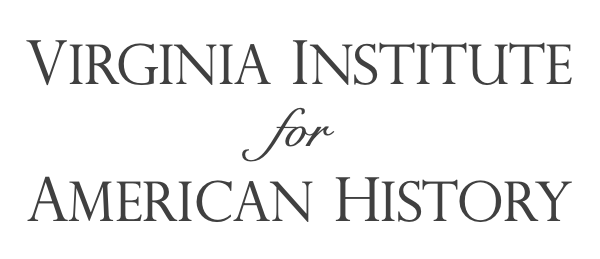Happy New
Year from the Washington, Jefferson & Madison Institute! We at WJMI are grateful for your
support this past year. A few
statistics from 2013:
During 2013
over 9,171 people have downloaded WJMI’s free manual “Jefferson & Madison’s
Guide to the Constitution” at the Federalist Papers Project:
The Guide is also available on Amazon’s Kindle:
http://www.amazon.com/Jefferson-Madisons-Guide-Constitution
http://www.amazon.com/Jefferson-Madisons-Guide-Constitution
Our Blog
averages over 2,000 page views per month.
Our top blog posts are:
Entry
|
Pageviews
|
|
|
9535
|
|
|
8317
|
|
|
4838
|
|
|
2205
|
|
|
2044
|
WJMI
sponsored three seminars for secondary school teachers during 2013:
The
Bill of Rights: Charter of Freedom February
15, 2013
Alexander
Hamilton and the Constitution September
13, 2013
Thomas
Jefferson Roundtable November
15, 2013
WJMI also sponsored several seminars on the Constitution for Citizens in Utah and Virginia.
Tony Williams joined WJMI as full-time Program Director in 2013. He is the author of four books on the Founding, including “America's Beginnings: The Dramatic Events that Shaped a Nation's Character” (Rowman & Littlefield Publishers, 2010), all available at Amazon.com: http://www.amazon.com/Tony-Williams
Tony Williams joined WJMI as full-time Program Director in 2013. He is the author of four books on the Founding, including “America's Beginnings: The Dramatic Events that Shaped a Nation's Character” (Rowman & Littlefield Publishers, 2010), all available at Amazon.com: http://www.amazon.com/Tony-Williams
WJMI began
to collaborate in 2013 with the Center for American Studies at Christopher
Newport University (http://cnu.edu/cas/) and
they will co-sponsor our first teacher seminar of 2014 in February on the topic
of “The Life & Character of George Washington.”
We hope that
you have a Happy & Prosperous New Year and commend to all this wise advice:
"Be always at war with your vices, at peace with your
neighbors,
and let each New Year find you a better man."
— Benjamin Franklin




